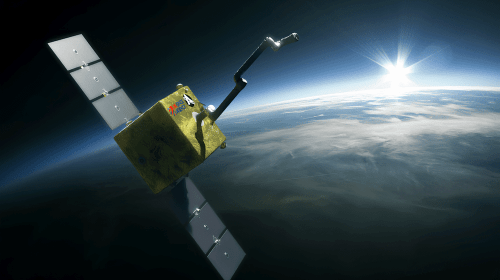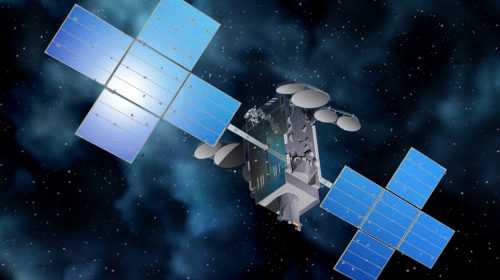The U.S. National Aeronautics and Space Administration (NASA) has tapped Orbital Science Corporation’s Pegasus rocket to carry the agency’s Ionospheric Connection Explorer (ICON) satellite into low Earth orbit in 2017, according to the company.
NASA selects Pegasus for ICON satellite deployment
The U.S. National Aeronautics and Space Administration (NASA) has tapped Orbital Science Corporation’s Pegasus rocket to carry the agency’s Ionospheric Connection Explorer (ICON) satellite into low Earth orbit in 2017, according to the company.
NASA selected Orbital in 2013 to design, build and test the ICON satellite. Now under production in Dulles, Virginia, the ICON satellite is designed to enhance extreme space weather forecasting by studying the Earth’s ionosphere with sensing instruments.
Ionosphere fluctuations can disrupt both satellite and radio communications, causing service disruptions and economic losses.
Scientific findings from the ICON mission have strong commercial applications, especially in the aviation industry.
“We are very pleased that NASA continues to recognize the value of the Pegasus space launch vehicle to support smaller-size and cost-effective science missions,” said Ron Grabe, general manager for Orbital’s Launch Systems Group. “Our Pegasus team is now working on two upcoming missions, including ICON and the CYGNSS launch that is scheduled for late 2016.” The ICON program is headed up by Dr. Thomas Immel of the University of California-Berkeley’s Space Science Laboratory and is managed under NASA’s Goddard Space Flight Center Explorers program.
The Pegasus rocket will be launched from beneath Orbital’s “Stargazer” L-1011 aircraft over the ocean, which the company says reduces cost and provides flexibility to launch from a variety of locations with minimal ground support.





